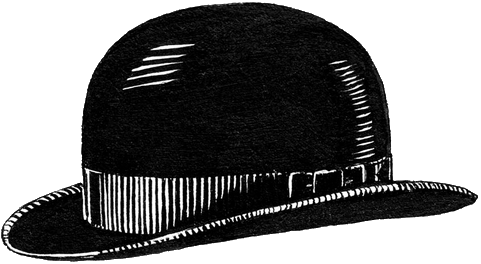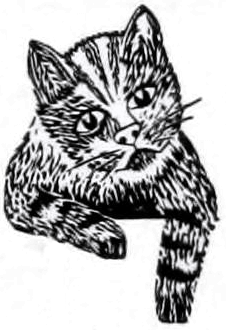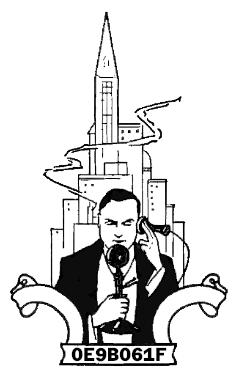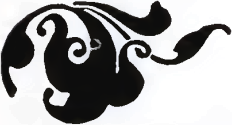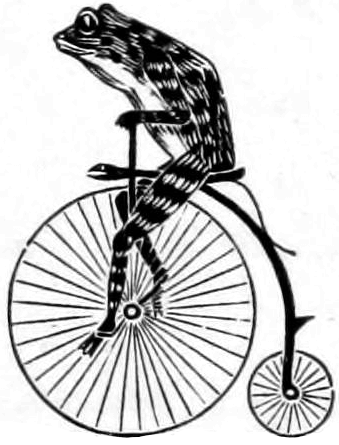Since the last update I've refined the terrain generator a bit more, re-implemented city spawning and made some preparations for spawning forests later. I feel like the terrain is good enough now so I've shifted my attention elsewhere and implemented agents which traverse the map and collide with impassable terrain. I intend to use these as the basis for everything that moves across the map, including the player and NPCs, but I'll also be experimenting with using them to generate the road network between cities by some slime-mold-like approach. To that end I've designed them to be simulated independently of the renderer if need be, although they can also have an in-game "pawn" for characters and NPCs on the map. Currently they aren't very intelligent — they just bounce around like a roomba — so my next goal will be adding some intelligence to my intelligent agents, as well as a cost function for the terrain they pass over.
Terrain Work
General refinements to the terrain generator and color mapping.







Site Suitability
These maps record how suitable a site is for spawning a city. Currently they're entirely based on terrain height and flatness, but in the future other factors will be considered. I initially tried to use the Sobel filter for this but I didn't like the results and implemented my own "flatness" filter.



Mining
Despite the topic of the post I only have a couple screenshots of my agents — I'll upload some screen recordings next time. For fun I made it so the agents "mine" terrain on collisions, making that terrain passable. Gray pixels in the following pictures have been mined and are no longer collidable:
